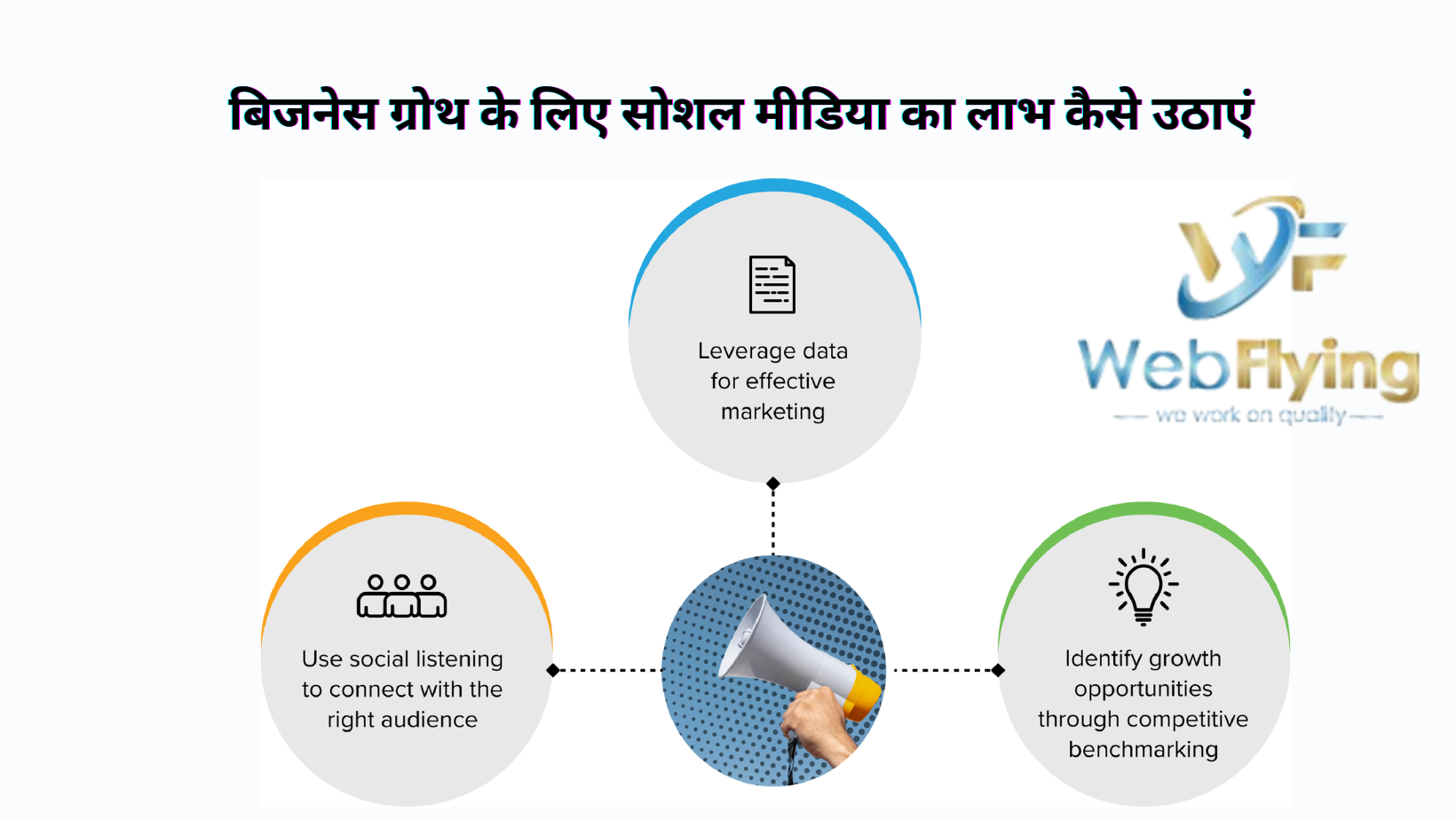Introduction
In the digital age, social media has become an integral part of our daily lives. From connecting with friends and family to exploring new trends, social media platforms have evolved into powerful tools for businesses. This comprehensive guide explores the strategies and techniques on how to leverage social media for business growth, covering topics such as post social media, social media marketing, understanding what social media is, and the impact of social media influencers.

Understanding Social Media
What is Social Media?
Social media refers to online platforms and websites that enable users to create, share, and exchange information, ideas, and content. It includes various platforms like Facebook, Instagram, Twitter, LinkedIn, and more. These platforms have millions of active users, making them valuable spaces for businesses to connect with their target audience.
The Power of Social Media Marketing
Social media marketing is using social media platforms to promote products or services. It involves creating and sharing content on social media networks to achieve marketing and branding goals. Social media marketing is a cost-effective and efficient way for businesses to engage with their audience, build brand awareness, and drive business growth.
Strategies for Effective Social Media Marketing
- Define Your Goals
Before diving into social media marketing, clearly define your business goals. Whether it’s increasing brand awareness, driving website traffic, or boosting sales, having specific objectives will guide your social media strategy.
- Know Your Audience
Understanding your target audience is crucial for successful social media marketing. Identify their preferences, behaviors, and demographics to tailor your content and messaging to resonate with them.
- Choose the Right Platforms
Not all social media platforms are suitable for every business. Select platforms that align with your target audience and business objectives. For instance, Instagram and Facebook may be ideal for visual content, while LinkedIn may cater to a more professional audience.

- Consistent Branding
Maintain a consistent brand image across all social media platforms. Use the same logo, color schemes, and messaging to create a cohesive and recognizable brand identity.
- Engaging Content Creation
Create compelling and shareable content. This includes a mix of images, videos, infographics, and written posts that resonate with your audience. Encourage interaction by asking questions, running polls, and responding to comments.
- Utilize Hashtags
Hashtags are powerful tools for increasing the visibility of your posts. Research and use relevant hashtags to reach a broader audience and connect with users interested in your industry.
- Post Social Media Regularly
Consistency is key in social media marketing. Develop a posting schedule that aligns with your audience’s online activity. Regular and timely posts keep your brand in front of your audience, boosting brand recall.
The Impact of Social Media Influencers
What are Social Media Influencers?
Social media influencers are individuals who have a significant and engaged following on social media platforms. They can influence their followers’ opinions and purchasing decisions. Collaborating with influencers can provide businesses with a powerful way to reach a broader audience.
Benefits of Social Media Influencers
- Expanded Reach: Influencers have a dedicated and often large following, providing businesses access to a wider audience.
- Credibility: Endorsements from influencers can enhance the credibility of your brand, as followers trust the recommendations from influencers they follow.
- Authenticity: Influencers often create authentic content that resonates with their audience, making your brand appear more genuine and relatable.
Collaborating with Social Media Influencers
- Research and Selection: Identify influencers whose audience aligns with your target demographic. Research their engagement rates, content style, and authenticity.
- Partnership Strategy: Clearly define the goals of your collaboration and establish a mutually beneficial partnership. This could include sponsored posts, product reviews, or co-created content.
- Measure and Analyze: Use analytics tools to measure the success of your influencer campaigns—track metrics such as reach, engagement, and conversion rates to assess the impact on your business.
Measuring Social Media Success
Key Performance Indicators (KPIs)
- Reach: The number of people who have seen your content.
- Engagement: The level of interaction with your content, including likes, comments, and shares.
- Conversion Rate: The percentage of users who take a desired action, such as making a purchase or signing up for a newsletter.
Analytics Tools
Utilize analytics tools provided by social media platforms to gain insights into your performance. Platforms like Facebook Insights, Instagram Analytics, and Twitter Analytics offer valuable data on your audience, content performance, and engagement.
Conclusion
In conclusion, leveraging social media for business growth requires a strategic and well-executed approach. By understanding what social media is, implementing effective social media marketing strategies, and exploring collaborations with social media influencers, businesses can tap into the vast potential of these platforms. Remember to consistently post social media content, measure performance through analytics, and adapt your strategies to stay relevant in the dynamic world of social media. With the right techniques, social media can become a powerful catalyst for business expansion and success.

